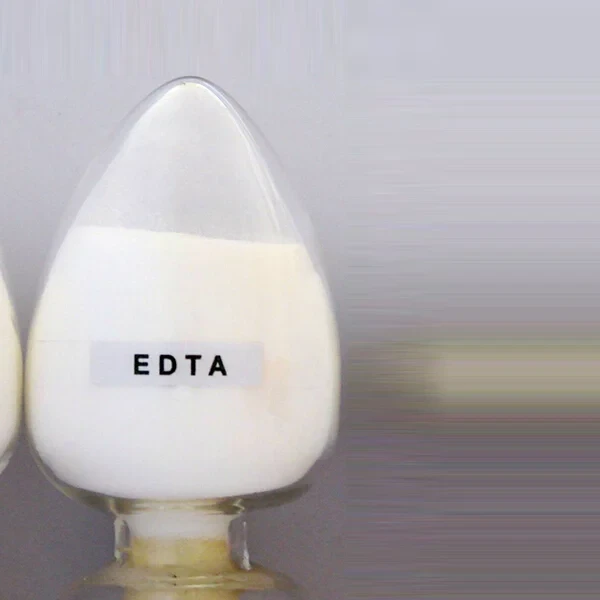
News
gru . 28, 2024 03:56 Back to list
edta acid
Understanding EDTA Acid Properties and Applications
EDTA, or ethylenediaminetetraacetic acid, is a versatile and widely used chelating agent in various fields including chemistry, medicine, and environmental science. Its unique ability to bind with metal ions makes it an invaluable tool in both industrial processes and medical treatments.
Chemical Structure and Properties
EDTA has a complex structure that allows it to form stable complexes with metal ions. The molecule contains four carboxylic acid groups and two amine groups, which provide multiple binding sites. This chelation capability enables EDTA to effectively sequester metals such as calcium, magnesium, lead, and iron by forming a stable ring-like structure around the metal ions. As a result, EDTA is highly soluble in water, making it easy to incorporate into various solutions and formulations.
Industrial Applications
In industrial settings, EDTA plays a crucial role in multiple applications. One of its primary uses is in the food industry, where it helps to preserve the quality of food products. By binding trace metals that could catalyze the degradation of food, EDTA helps to extend shelf life and maintain flavor and appearance.
In the textile industry, EDTA is used to improve dyeing processes. It helps to prevent the precipitation of metal ions in dye baths, ensuring even and consistent coloring across fabric. Additionally, in the pulp and paper industry, EDTA assists in the bleaching process by chelating metal ions that can affect the brightness of the final product.
edta acid

Medical Uses
In the medical field, EDTA is particularly known for its role in chelation therapy, a treatment method primarily used to remove heavy metals from the body, such as lead and mercury. This therapy is crucial for patients suffering from heavy metal poisoning. EDTA binds to the metals in the bloodstream and promotes their excretion through urine. However, it's essential that this treatment is administered under strict medical supervision due to potential side effects and the risk of depleting essential minerals from the body.
Moreover, EDTA is also used in certain diagnostic tests in medicine. For instance, it is employed as an anticoagulant in blood samples, preventing clotting and allowing for accurate test results. Its ability to stabilize metal ions also plays a role in various laboratory applications.
Environmental Impact
From an environmental perspective, the use of EDTA raises some concerns. Although it effectively removes heavy metals, its persistence in the environment can lead to the chelation of essential nutrients in soil and water, potentially disrupting ecosystems. Consequently, researchers are exploring biodegradable alternatives and methods to mitigate the environmental impact of EDTA.
Conclusion
To summarize, EDTA is a significant compound with diverse applications across different fields, ranging from food preservation to medical treatment and industrial processes. Its unique chelating properties make it an effective tool for binding metal ions, but considerations regarding its environmental impact necessitate responsible use and ongoing research. As awareness of these issues increases, it is likely that the development of safer, more sustainable alternatives will become a priority, ensuring that the benefits of EDTA can continue to be enjoyed without compromising ecological balance.
-
OEM Chelating Agent Preservative Supplier & Manufacturer High-Quality Customized Solutions
NewsJul.08,2025
-
OEM Potassium Chelating Agent Manufacturer - Custom Potassium Oxalate & Citrate Solutions
NewsJul.08,2025
-
OEM Pentasodium DTPA Chelating Agent Supplier & Manufacturer High Purity & Cost-Effective Solutions
NewsJul.08,2025
-
High-Efficiency Chelated Trace Elements Fertilizer Bulk Supplier & Manufacturer Quotes
NewsJul.07,2025
-
High Quality K Formation for a Chelating Agent – Reliable Manufacturer & Supplier
NewsJul.07,2025
-
Best Chelated Iron Supplement for Plants Reliable Chelated Iron Fertilizer Supplier & Price
NewsJul.06,2025
